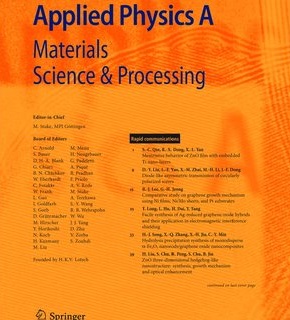Correlation between heat treatment temperature and microstructure-properties of the LMDed Ti-6Al-4 V alloy
Abstract
Laser melting deposition (LMD) of Ti-6Al-4 V with engineered performance for aerospace applications requires a comprehensive and detailed understanding of the microstructure evolution. The complex thermal cycles during LMD and heat treatment (HT) process of Ti-6A1-4 V affect the phase transformation, leading to heterogeneous microstructure and property variations within builds. The current study aims to investigate the effect of heat treatment temperature on the heterogeneities through the utilisation of multiscale characterisation techniques. Influenced by the spheroidisation and thermal grooving effect, the microstructure of LMDed Ti-6Al-4 V changed after heat treatment, especially the spine-like semi-continuous structure was identified inside the 1020℃ STA specimen. The thermal profile of HT process increased the size of α-phase and volume fraction of β-phase with increasing HT temperature. The solution-aging treatment has also been demonstrated to enhance the elimination of anisotropy of UTS, YS and strain-hardening coefficients, which is influenced by the boundary break-up and migration theories. A post-LMD heat treatment at a temperature just below the transus temperature lead to an improvement of strength and ductility, accompanied by the losses in strain-hardening coefficients.

 求助内容:
求助内容: 应助结果提醒方式:
应助结果提醒方式:


